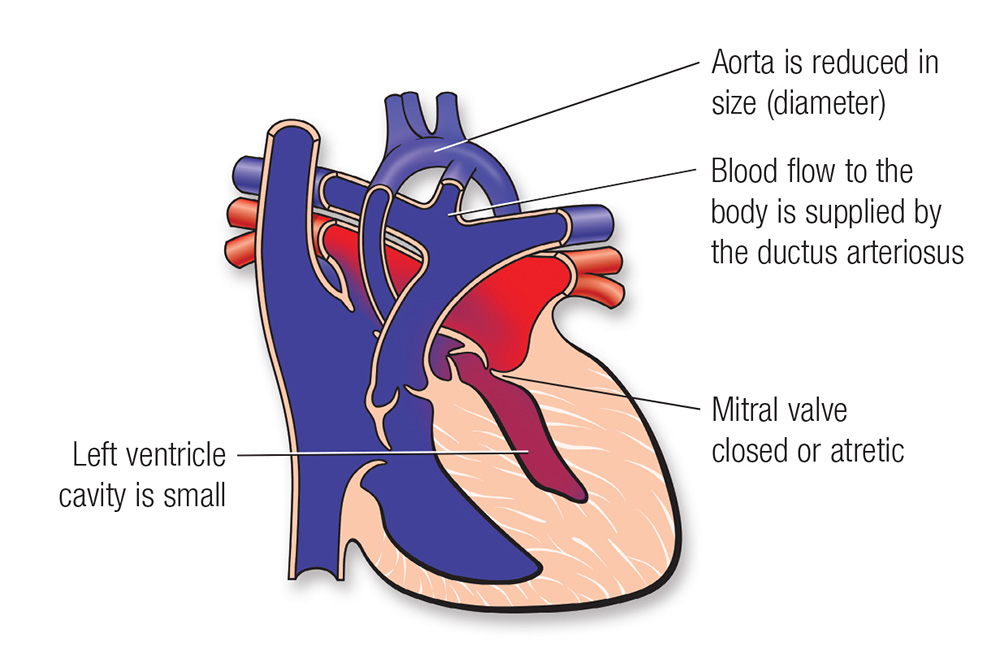
Single Ventricle Heart Defects
The heart has four chambers. The upper chambers, called atria, receive blood flowing into the heart. The lower chambers, called ventricles, pump blood out of the heart.
They Include:
Single ventricle heart defects are also referred to as single ventricle lesions or anomalies. In most cases, children with single ventricle heart defects require intensive medical intervention soon after birth.
Symptoms vary depending on the severity and type of defect. They include:
Single ventricle defects are often diagnosed before your baby is born through fetal echocardiography. Sometimes single ventricle heart defects aren’t recognized until your baby is born. Your newborn might look blue or have trouble breathing. The paediatrician at the birth hospital might recognize a heart murmur (an abnormal sound in the heartbeat) and order an echocardiogram, which will show the defect.
The various types of single ventricle heart defects are very different. For instance, in hypoplastic left heart syndrome (HLHS), the left side of the heart doesn’t work correctly. In tricuspid atresia, it’s the right side. Even though the types of defects are different, the treatments are similar.
Single ventricle defects require a series of open heart procedures, performed over several years. This is called “staged reconstruction.” Surgeons reconfigure the heart and circulatory system during the procedures. The final surgery is called as Fontan operation. Many patients with single ventricle defects may also require cardiac catheterization during childhood.
Forty years ago children with single ventricle heart defects didn’t survive past infancy. Because of advances in surgery, medicine and intensive care capabilities, today the majority survive. There are now thousands of people in their 20s and 30s with Fontan circulation. However, we still don’t know the expected life span for these patients. As “single ventricle survivors” get older, doctors are recognizing that, while some do fine, many experience complications, including lung, liver and gastrointestinal diseases.
In addition, as a group, children with complex congenital heart defects who have had open heart surgery as infants are at a higher risk for neurodevelopmental issues when compared to children without congenital heart defects.
Frequent appointments with your child’s cardiologist in infancy and early childhood are important to minimize risk factors associated with single ventricle heart defects. Your child will need a customized series of diagnostic tests between the planned stages of surgery.
Once the surgeries are complete, your child will have appointments with a Paediatric Cardiologist once a year or more frequently. It is also possible that your child will require additional surgical or catheter therapies, or in rare cases heart transplantation.
Most children will be on blood thinning medications for life.
When it comes to physical activities, in most cases, parents are told to allow the child to do as much as he or she is able to do. Most children will self-limit (stop activity if it begins to stress the body). There are also certain sports and activities to avoid.
As a group, children with complex congenital heart defects who have had open-heart surgery as infants are at a higher risk for neurodevelopmental issues when compared to children without congenital heart defects.
